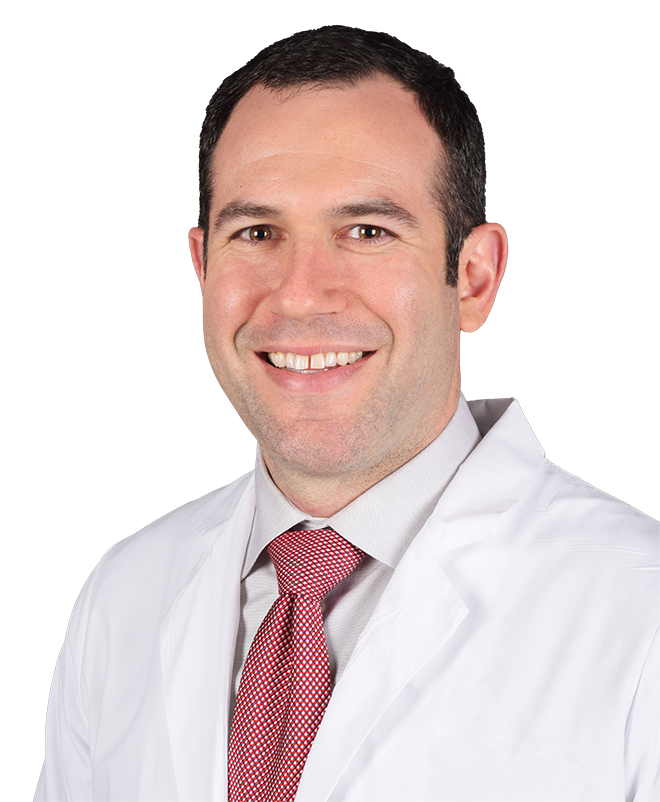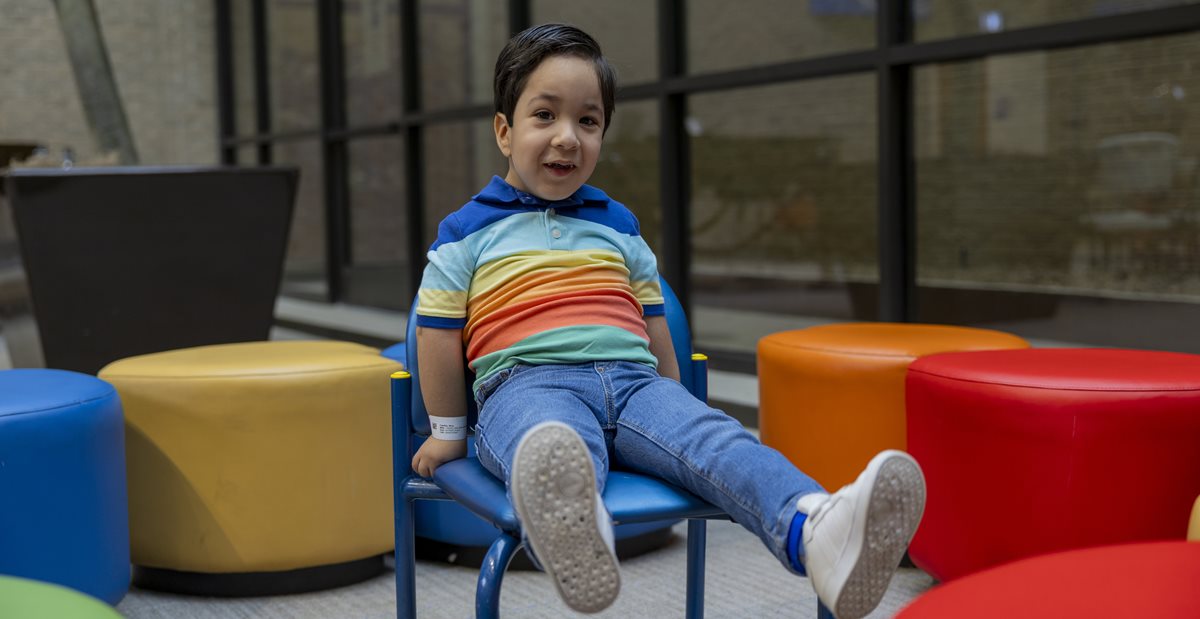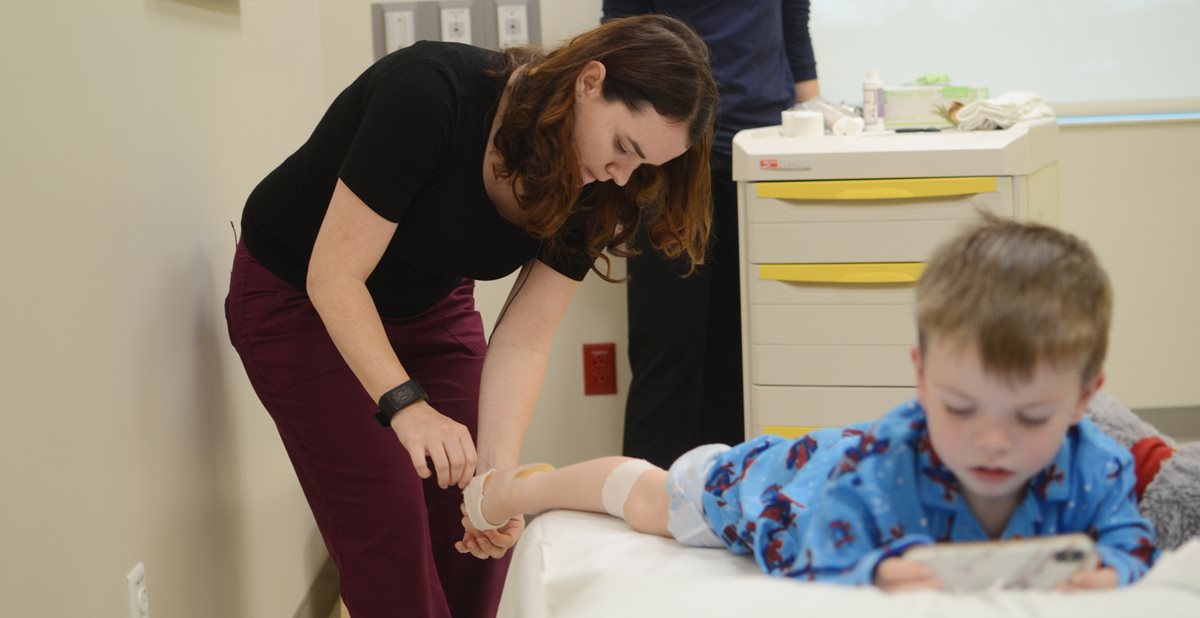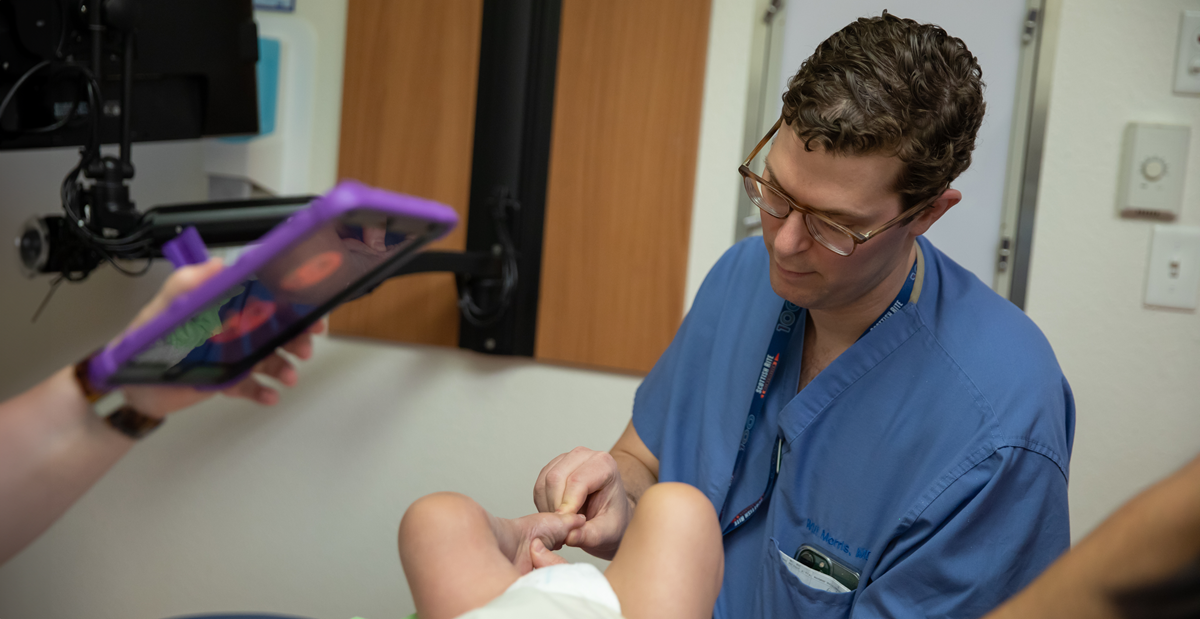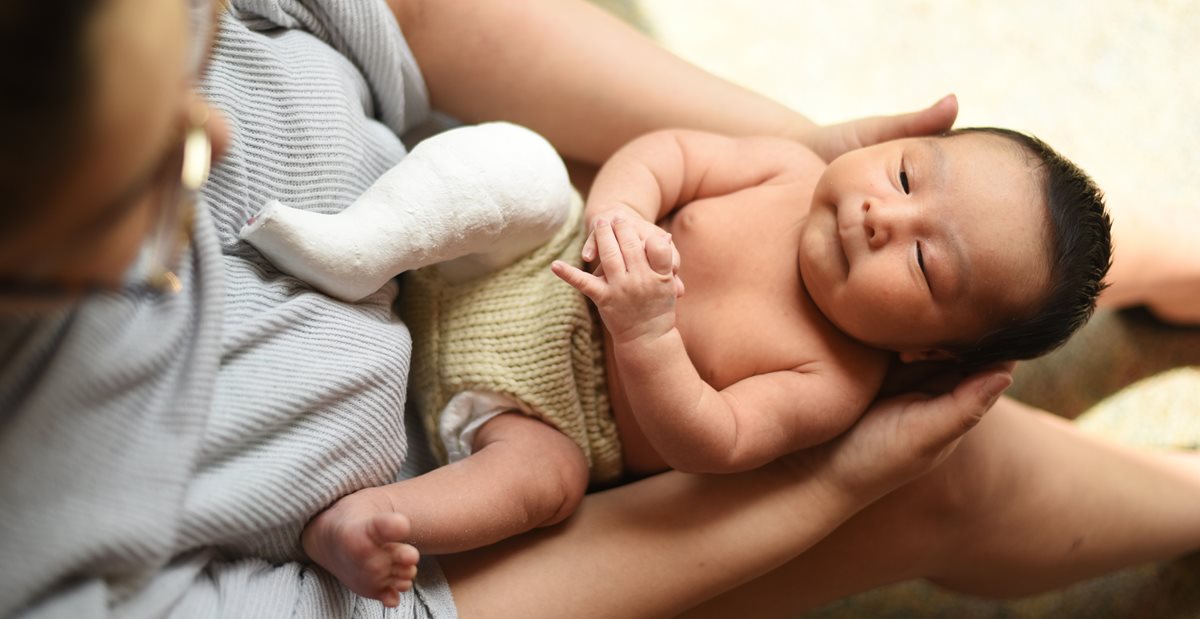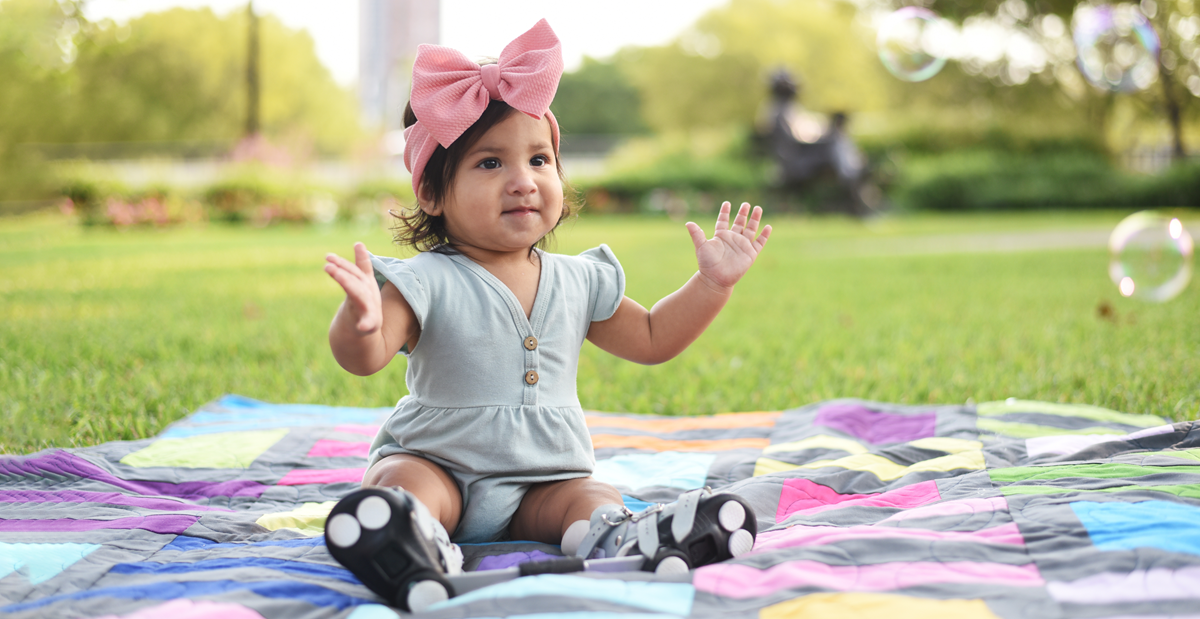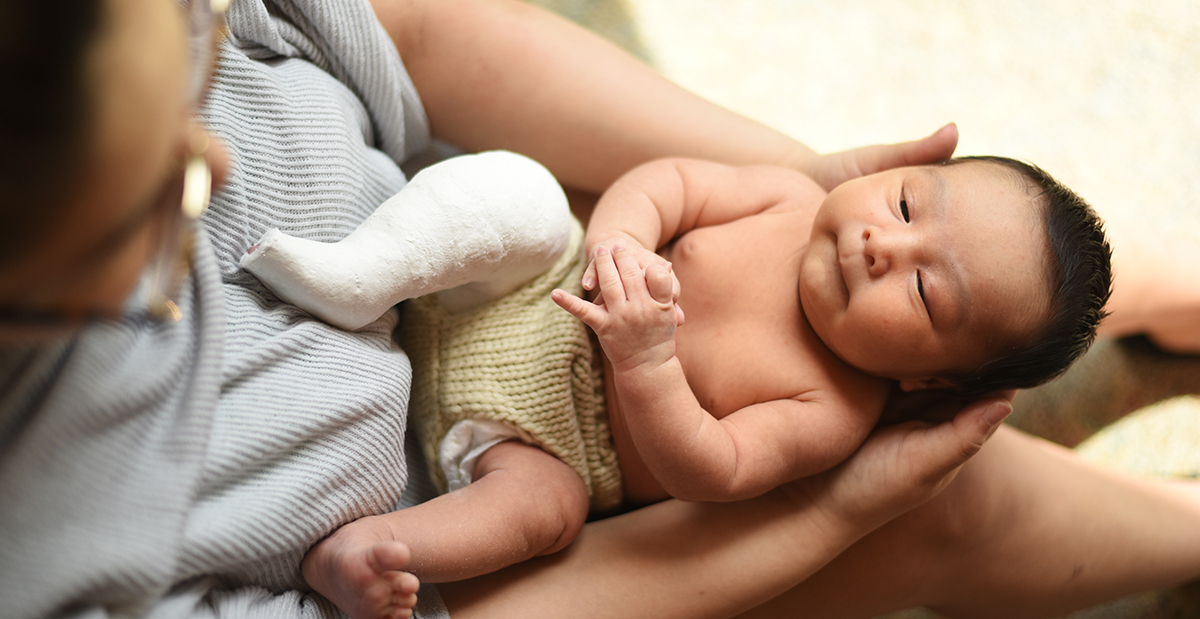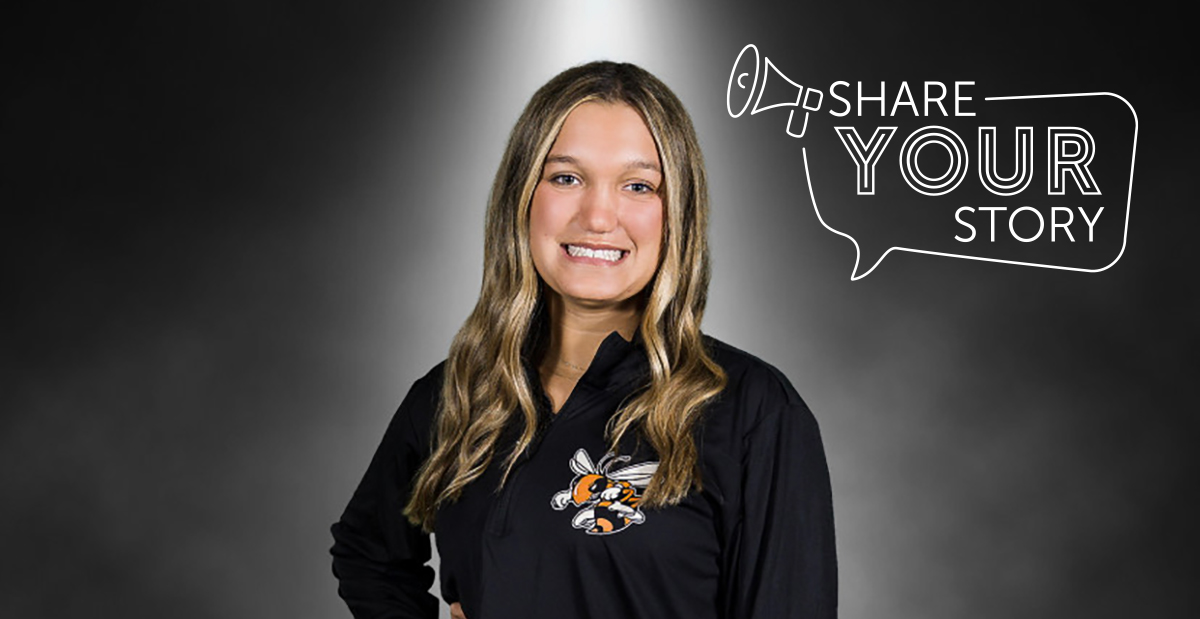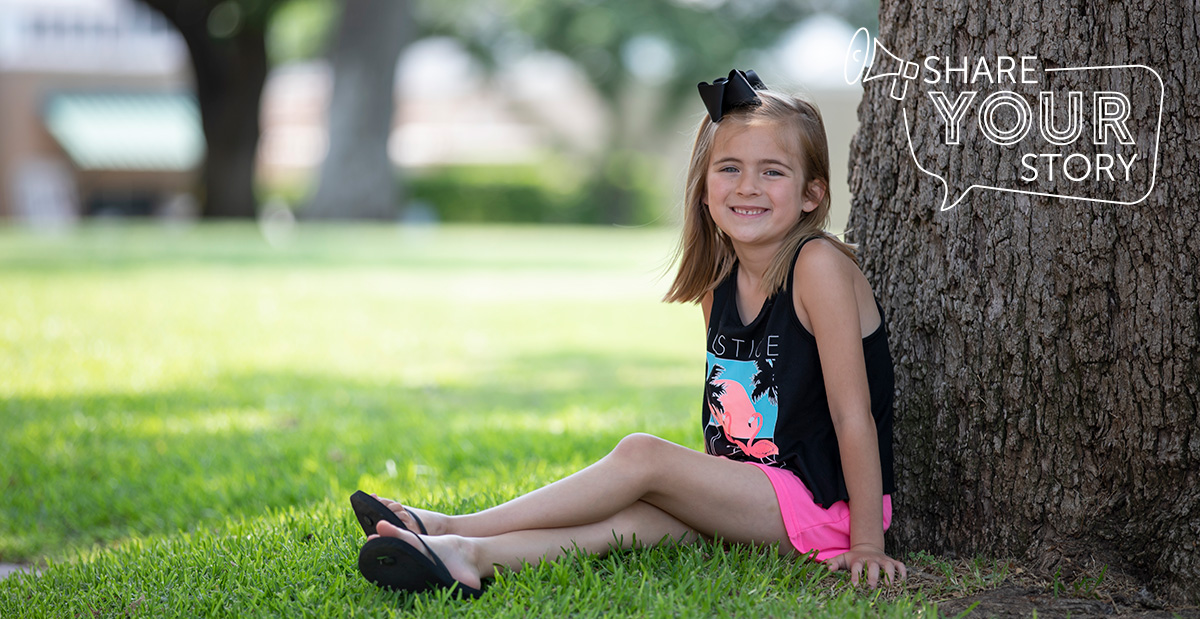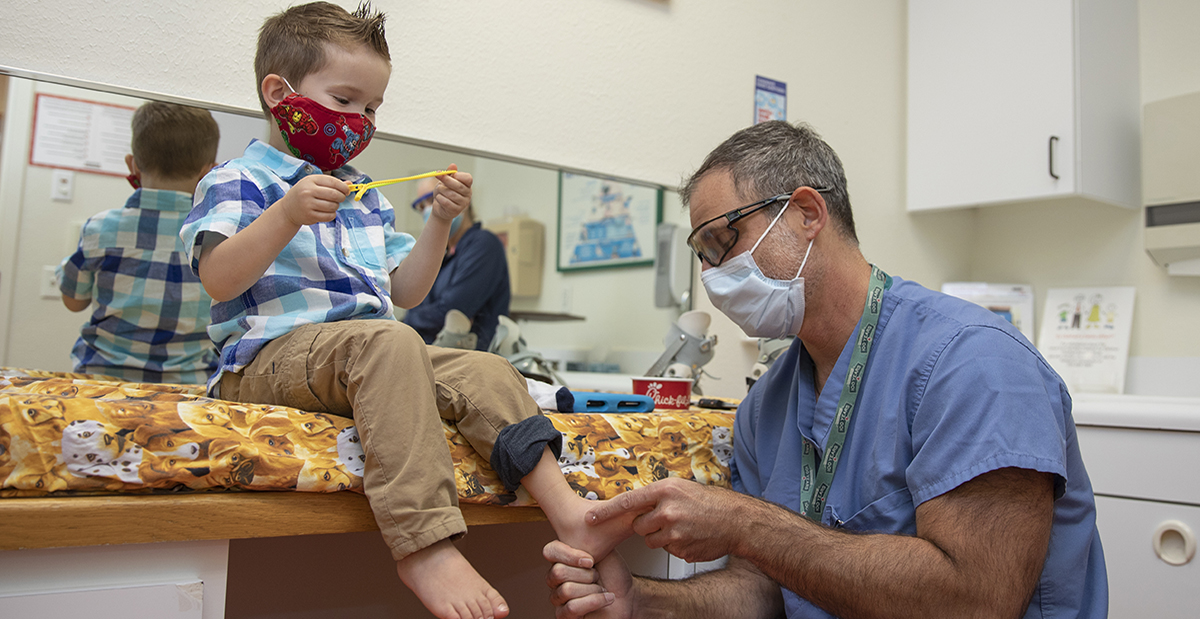Clubfoot & Foot Disorders
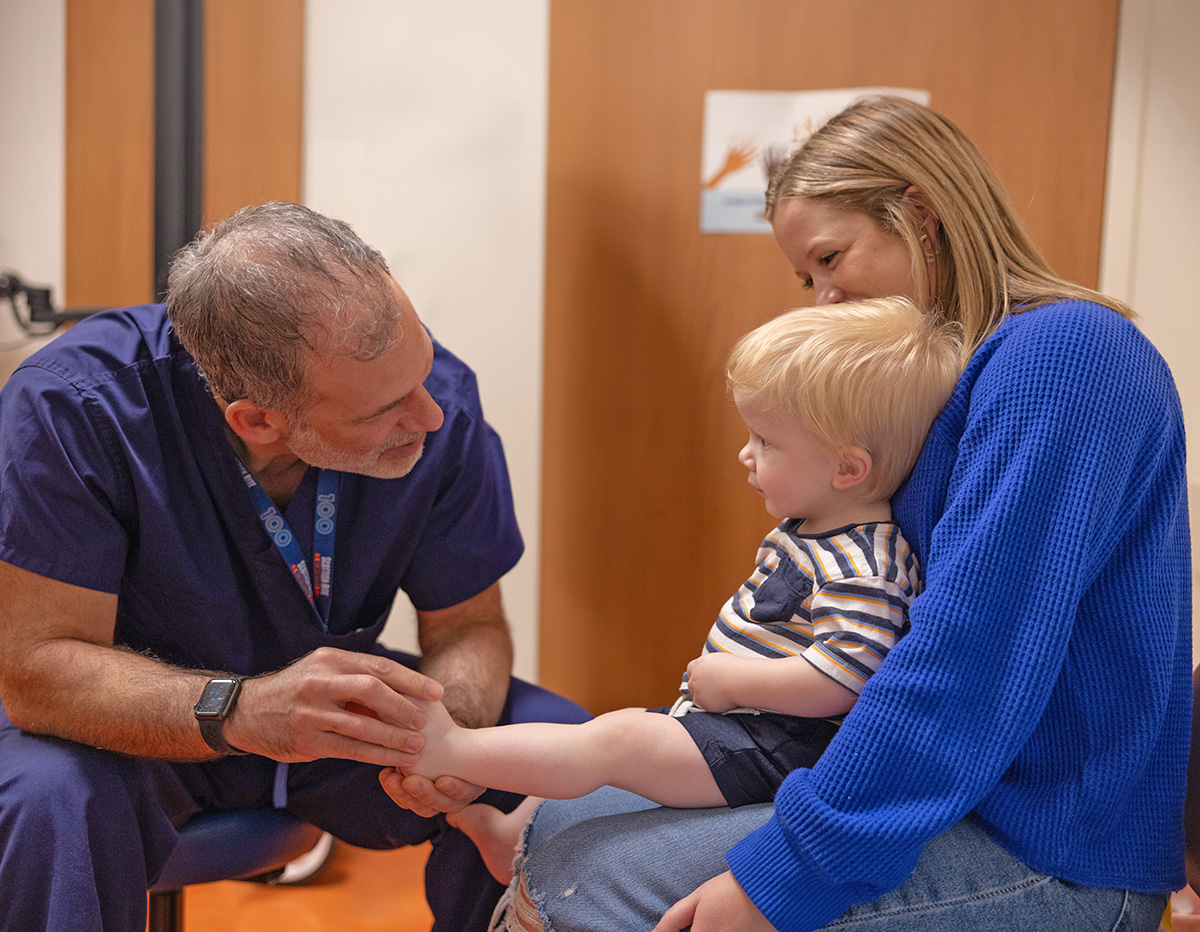
WHAT IS CLUBFOOT?
Clubfoot is a congenital disorder in which the foot is severely turned inward and pointed downward. It is one of the most common pediatric musculoskeletal conditions requiring referral to a pediatric orthopedic surgeon. Half of all patients affected have involvement of both feet. If left untreated, the foot deformity can make shoe wear problematic, and walking can become painful over time.
CAUSE
The cause of clubfoot remains uncertain, but many researchers believe the condition is genetic, as it often runs in families. Clubfoot is more common in males than females and affects about one in every 1,000 births. Each year, this amounts to 4,000-8,000 affected infants in the United States and 130,000-260,000 affected children worldwide.
DIAGNOSIS
Clubfoot is most often diagnosed at birth, but can also be diagnosed before birth by prenatal ultrasound. Typically, the heel tilts in and down, and the forefoot turns in. The affected foot and calf are usually smaller than those of the unaffected leg.
TREATMENT
Treatment of clubfoot ideally begins at an early age. A prenatal ultrasound can detect clubfoot, some as early as 13 weeks but usually around the 20th week of pregnancy. At the time of diagnosis, a prenatal appointment is recommended with a pediatric orthopedic specialist at Scottish Rite for Children. After the baby is born, call Scottish Rite to schedule an evaluation.
Newborns and infants at Scottish Rite are treated nonsurgically using the Ponseti method casting technique. In the rare event that this does not correct the foot, the patient may undergo surgery. In most cases, a special brace is used to prevent the condition from recurring.
TREATMENT OPTIONS
The Ponseti casting method involves placing a cast that extends from the thigh to the toes after gentle stretching of the foot. The plaster cast is replaced every week, during which time the foot is stretched further and continued gradual improvement is achieved.
For a newborn with congenital clubfoot, major improvement is obtained in four to five weeks. All components of the condition are usually corrected at this point, except for the tightness in the heel cord (equinus).
Once all other components of the clubfoot are corrected by casting, the equinus is corrected by cutting the heel cord to bring the ankle into a normal position. This quick procedure is done in the clinic and does not require any anesthesia. Local numbing medicine is applied to the skin, and the doctor performs a heel cord release with an extremely small tool. The cut in the skin is about the size of a pinprick, so no stitching is required.
A final cast is then worn for three weeks to allow the tendon to heal. The child then wears shoes attached to a bar, which maintains the foot in the corrected position. This brace is worn full-time for three months and then used at night until the child is 2 years old.
Not all clubfoot disorders can be corrected by nonsurgical methods. In addition, some clubfoot disorders that are initially corrected with casting may recur due to the child’s inability to tolerate braces or the parents’ inability to comply with the bracing requirements. When this occurs, surgical correction of the feet may be needed.
At times, only partial recurrence of the clubfoot happens. In this instance, limited surgery is needed. In such cases, the heel cord and joint capsule in the back of the ankle may need to be released (limited posterior release), or a tendon that helps to move the foot may need to be repositioned (tibialis anterior tendon transfer).
More extensive surgery on the foot will be needed in very few patients with clubfoot disorders to achieve a satisfactory, lasting position of the foot. This more extensive surgery is known as a posteromedial release. Infants are usually older than nine months of age before this procedure is performed.
OTHER FOOT DISORDERS
In addition to clubfoot, the surgeons at Scottish Rite for Children have extensive experience treating numerous other foot and ankle disorders. Management of these conditions varies and is tailored to the patient based upon the severity or deformity and associated problems such as pain, problems with shoe wear or gait abnormalities. Treatments range from observation to physical therapy to surgery, if necessary. Such conditions include:
- Congenital vertical talus
- Extra toes
- Flat feet (pes planus)
- High arched feet (pes cavus)
- Celft feet
- Metatarsus adductus
- Toe deformities
- Tarsal coalitions
- Accessory navicular bones
Alex's Story
Alex was diagnosed with bilateral clubfeet in utero. He has received care at Scottish Rite since he was a week old. Watch his video to learn more about casting and bracing for clubfoot and Alex’s success story.
PATIENTS TREATED LAST YEAR
FAQs
What caused my child’s clubfoot?
Does clubfoot run in families?
Will treatment make my child’s clubfoot normal?
Will casting or bracing delay my child’s development?
Will my child be able to play like other children?
What if nonoperative treatment doesn’t correct my child’s clubfoot?
How long will my child have to wear a brace?
Latest news: Clubfoot & Foot Disorders
Nico is Spreading His Wings!
3-year-old Nico, of Mission, and his family travel more than 500 miles to receive treatment at Scottish Rite for Children. “We make that effort to come this far, because it’s worth our…
What to Do When Your Child Has Pigeon Toes
Most feet point forward, aiming at their destination — but not all. Although this condition can cause concern for parents, intoeing, or pigeon toes, is common. Intoeing occurs when children have feet…
Clubfoot Treatment: What Are Your Child’s Options?
If your baby is diagnosed with clubfoot, your first question may be, “What can we do?” Fortunately, effective nonsurgical clubfoot treatment options are available, and most children don’t need an operation. A pediatric…
Ankle-Foot Orthosis Devices: A Guide for Parents
Health conditions that limit your child’s ability to walk, run, play and just be a kid can take a lot of fun out of childhood. An ankle-foot orthosis could be the solution…
Prenatal Care for Clubfoot – What Expecting Moms Need to Know
Discovering that your unborn child appears to have a physical difference during an ultrasound can be scary. The news is often unexpected and can lead to thousands of questions about how it…
Infantile Clubfoot Deformity
Clubfoot deformity occurs in one in 1,000 live births, making it the second most common congenital deformity of the foot (after postaxial polydactyly) and one of the most encountered infantile musculoskeletal congenital…
Clubfoot: What Parents Need To Know
What is a clubfoot? A clubfoot is a congenital (present at birth) foot abnormality. It is one of the most common pediatric orthopedic conditions. The heel tilts in and down, and the…
Share Your Story: My Favorite People
Meet Addison, a patient who is seen by our team of multidisciplinary experts. Learn more about her journey below. Blog written by Addison.I have been a patient at Scottish Rite for…
Share Your Story: I Got This
Meet Ella, a patient who is treated by our experts in the Center for Excellence in Clubfoot and Foot Disorders. Learn more about her journey below. Blog written by Ella\'s mother, Lindsay. I…
What are Flat Feet?
At Scottish Rite for Children, the Center for Excellence in Foot includes a multidisciplinary team of experts who collaborate to determine the best treatment plan for each patient. We know there are a lot…




